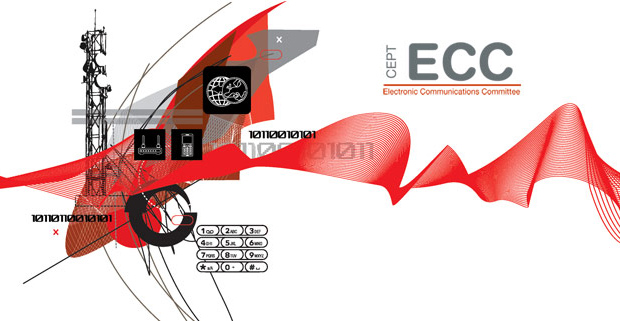ECC Newsletter December 2016 - Special Edition on 5G
The way forward for 5G in Europe
5G, the next generation of broadband mobile communication technologies, is almost here. After 2020, 5G will be omnipresent in the lives of people around the world.
5G is "not more of the same". 5G aims to provide seamless coverage, high data rates, low latency, low power and highly reliable communications. Use cases under consideration include enhanced mobile broadband communications but also massive machine type communications (M2M), Internet of Things (IoT), home and industrial automation and applications expected to respond to requirements from vertical sectors (e.g. utilities, automotive, railways, public protection...). It is thus seen as a driving factor in innovative areas such as the creation of smart cities, augmented reality, mission critical applications, self-driving cars and industry automation.

Usage scenarios of 5G – IMT-2020 (source: Recommendation ITU-R M.2083)
Before 5G enters everyday lexicon, however, it remains the focus of the world's spectrum managers as they try to establish the best methods for its deployment and its security.
In 2014, the Electronic Communications Committee (ECC) identified 5G as a major challenge in its five-year strategic plan for the period 2015-2020.
The International Telecommunication Union (ITU) has said 5G is a priority for the standardisation of IMT-2020, the International Mobile Telecommunications system from 2020 onwards. Understandably, 5G will be one of the major topics of discussion at the 2019 World Radiocommunication Conference (WRC-19), which is approaching fast.
Within the European Union framework, various initiatives have also recently emerged. The Radio Spectrum Policy Group (RSPG) has adopted on 9 November 2016 an Opinion on 5G, which will be complemented by another Opinion soon. The European Commission has published a Communication setting out a 5G action plan.
With all of this in mind, and considering that 5G is coming indeed sooner than expected, the ECC organised a CEPT workshop on 5G Mobile Communications, which took place from 2-4 November at the Federal Network Agency (BNetzA) in Mainz in Germany. The aim of the workshop was to establish CEPT's priorities for 5G, taking into account views from almost 150 attendees - including representatives from CEPT administrations and stakeholders from international organisations, standardisation groups, mobile industry and vertical industries. We collected and summarised here some of the views expressed during the workshop regarding the requirements from the industry and the developments outside Europe.
Based on the outcome from the workshop, the ECC plenary in Prague, 15-18 November, approved a comprehensive list of actions entitled the "CEPT roadmap for 5G". The roadmap outlines the main targets to be addressed by CEPT: regarding harmonisation of spectrum for 5G; preparation for WRC-19 agenda item 1.13 regarding IMT above 24 GHz; consideration of vertical industry needs, and other spectrum challenges. We tell you more about the CEPT roadmap for 5G here.
Exciting times lie ahead, and the CEPT roadmap will guide the way for 5G to become a reality in Europe.
Per Christensen, Director, European Communications Office (ECO)



